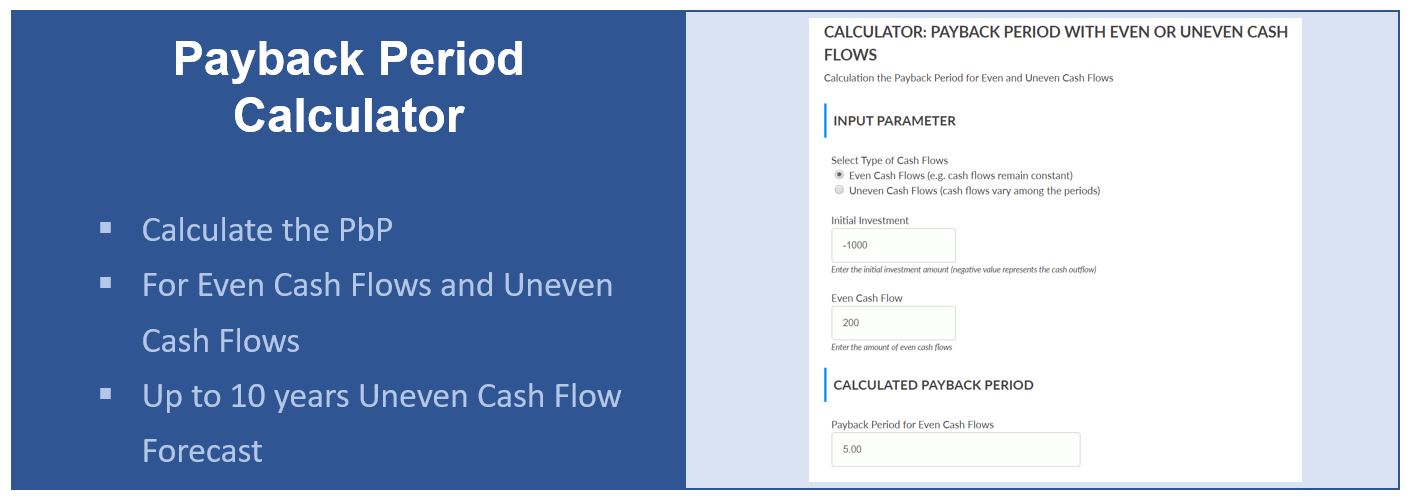Which Accounting Method Should I Use For My Winery?

The big difference with accrual accounting is that it adheres to the Matching Principle, which is a cornerstone of GAAP (Generally Accepted Accounting Principles). This Matching Principle dictates that expenses should be recorded in the same period as the revenues they help generate. For a winery, this means production costs like grapes and labor are not expensed immediately but are capitalized as inventory on the balance sheet. These costs are only recognized as cost of goods sold as the wine is sold. This method is the only method that provides an accurate picture of profitability and financial health.
- If you’re not considering all the costs of your wine production in the valuation of your inventory, there is no way to determine with certainty how much you need to sell your finished product for.
- Wine accounting is the specialized process of managing and tracking the financial transactions within the wine industry, including vineyards, wineries, and distributors.
- When using the cash basis for tax, the tax prepreparer has more flexibility in applying tax regulations to your situation to ensure you are minimizing your tax liability.
- For example, classes can highlight whether your website or wholesale distribution is more profitable so you can invest in the most successful channel.
Accounting Basics Every Business Needs to Remember
We’ve all been there, lost in a conversation about COGS and EBITDA and hoping no one asks you to explain what they mean let alone what the acronym stands for. Being well-versed financially is an important skill set for winemakers and business owners to make informed decisions and manage their businesses more effectively. Specific identification requires tracking the cost of production throughout the entire process until it results in a finished bottle of wine. Therefore, specific identification, while it can be complex, is often the most accurate method for managing and valuing the inventory of your winery. FIFO assumes that the oldest items in your inventory will be the first to sell. While this may generally be the case with wine shop retail items that you purchase and resell; it may not be the most appropriate method for wine inventories.

Overview of Accounting Methods
- Each expense — grapes, bottles, and salaries — gets tucked into a “other expense” account.
- Since the wine industry can be fickle, it is essential to make sure you track everything carefully.
- This enables better decision-making and enhances the vineyard’s financial stability.
- As specialized winery accountants, our approach combines industry experience, the latest in cloud accounting technology, and human compassion.
- Inventory valuation is used to determine the value of your stock at any given time, which is important for making informed decisions about buying and selling inventory.
- If it looks like a good fit, we will send over a proposal for you to sign and get your winery scheduled for onboarding.
Federal regulations require detailed recordkeeping, starting with the weight tickets required at harvest and ending when the wine is available for consumption or sale. The excise tax due, which is primarily based on the wine’s alcohol content, is computed at the end of the production QuickBooks process and must be paid, regardless of whether the wine is sold or given away. Small domestic producers (less than 250,000 gallons annually) can receive credits against the excise tax due. Your operations might include farming, manufacturing, retail, e-commerce, event production, restaurant service, and more.

Valued Industry Perspectives
With laser-accurate winery accounting, you can base decision-making on facts instead of guesswork. When using the cash basis for tax, the tax prepreparer has more flexibility in applying tax regulations to your situation to ensure you are minimizing your tax liability. Protecting against raw materials fraud can be challenging, but being aware of the possible types of frauds possible is a good start.

Best practices for accurate bookkeeping
- Zane Stevens, a founding partner of Protea Financial and a leader in the winery accounting field, was an editor of this article.
- This overview is followed by several concrete examples of special accounting and tax issues that can affect wineries and vineyards, as well as fraud schemes that are present in the industry.
- Now, let’s explore a concept that can significantly improve your financial insights — managing production accounts.
- Leverage the power of IT solutions to help boost your operational efficiencies through access to comprehensive, synchronous views of your entire business.
- Such records provide important ongoing accounting and internal control data about the grapes throughout the production process.
There are several methods for valuing the inventory, including first-in, first-out (FIFO), specific identification, average cost and last-in first-out (LIFO). The specific identification may be more preferable for wine production wherein you need to track a variety of production costs over the course of more than one reporting cycle. Winemaking costs vary considerably because of the variations in varietal production processes and aging requirements. Determining the applicable costs to include in inventory can be challenging, but https://x.com/bookstimeinc tracking such costs is crucial for both proper winery management and proper tax reporting. Wine sales may be direct-to-consumer through tasting rooms or wine clubs, or to a third-party distributor.
- CPAs providing consulting or tax expertise to the wine industry will find that there are many accounting and tax planning strategies for wine businesses at both the state and federal levels.
- Managing them strategically gives you a crystal clear picture of your winery’s financial health.
- The foundation of any successful business – including wineries – is made up of the numbers that underly everything.
- Whether you need assistance setting up your books or preparing for tax season, we can help you navigate the complexities of the wine business.
- Tracking the production of alcohol in the United States falls under the auspices of the federal Alcohol and Tobacco Tax and Trade Bureau (TTB).
- Our winery packages include comprehensive support for accounting technology, monthly wine cost calculations, inventory reconciliation, POS management, and sales and excise tax compliance.
Develop Strategic Tax Planning
Edited by CPAs for CPAs, it aims to provide accounting and other financial professionals with the information and analysis they need to succeed in today’s business environment. Wine may sometimes be sent to a bonded warehouse until fully aged or winery accounting sold, or because of space constraints at the winery. These transfers necessitate additional documentation on the kinds of wine and alcohol content, volume of each type of wine, as well as varietal, vintage, and appellation of origin. But when it comes to consulting on technology, we prioritize the human experience. You don’t need an accounting bot—you need an expert team to guide you through a complex and dynamic landscape. Based on our experience working with small wineries, we have put together a suite of services to make sure your core needs are met when it comes to bookkeeping and accounting.


